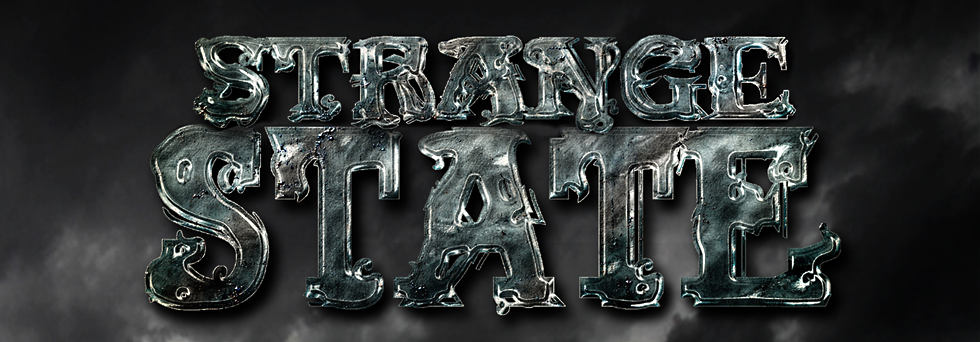In recently re-reading Jeff Meldrum's thoughts on the enigma of Sasquatch, I was struck by how problematic the process of track casting was, especially as it related to dermaglyphics (aka those fine lines and ridges we term 'fingerprints'). It often seemed as if these patterns were only discovered after the cast had been removed and cleaned, by which time the question of pouring artifacts would have already arisen.
Pouring artifacts speak to false-positive ridge details that emerge during the pouring process as an aspect of the medium itself. These can, as has been demonstrated, create concentric ridges that have been mistaken for finger or sole prints.
Unfortunately, by the time the cast has been removed, the trace evidence has been destroyed.
The problem is that tracking follows a wildlife enthusiast's model where the emphasis is on the track as a whole to denote species with little attention paid to detail beyond size or identifying deformities. And while many take images of the track (often alongside a ruler for scale) as a whole, it is rare to find detailed, close-up shots that could reveal these potential dermaglyphics prior to casting.
If one were to set up a protocol for casting, it would benefit from including a full series of images shot with an extreme close-up lens and variable light sources to reveal hidden details in the track prior to its destruction.
Furthermore, if possible, laser modeling scans of the impression could be done in the field to construct a detailed three dimensional copy that could be studied in the computer, allowing the track to be cast with less worry--or left alone entirely, should that be necessary.
Granted, while the latter is an expensive setup, likely prohibited by the meager budgets of most cryptid enthusiasts, the cheap and plentiful nature of digital images using a good quality DSLR, lights, and close-up lenses shouldn't be.
Following this plan, investigators can begin taking pouring artifacts out of the equation to learn if Sasquatch indeed leave prints for us to study.

2 comments:
You know, this might be stupid, but why can't liquid Latex or even resin be used instead of plaster?
Good comments, I have a cheap $80 digital which takes great closeup (under a food category!). So it is possible for anyone to be able to capture details on any tracks found in the field.
Post a Comment